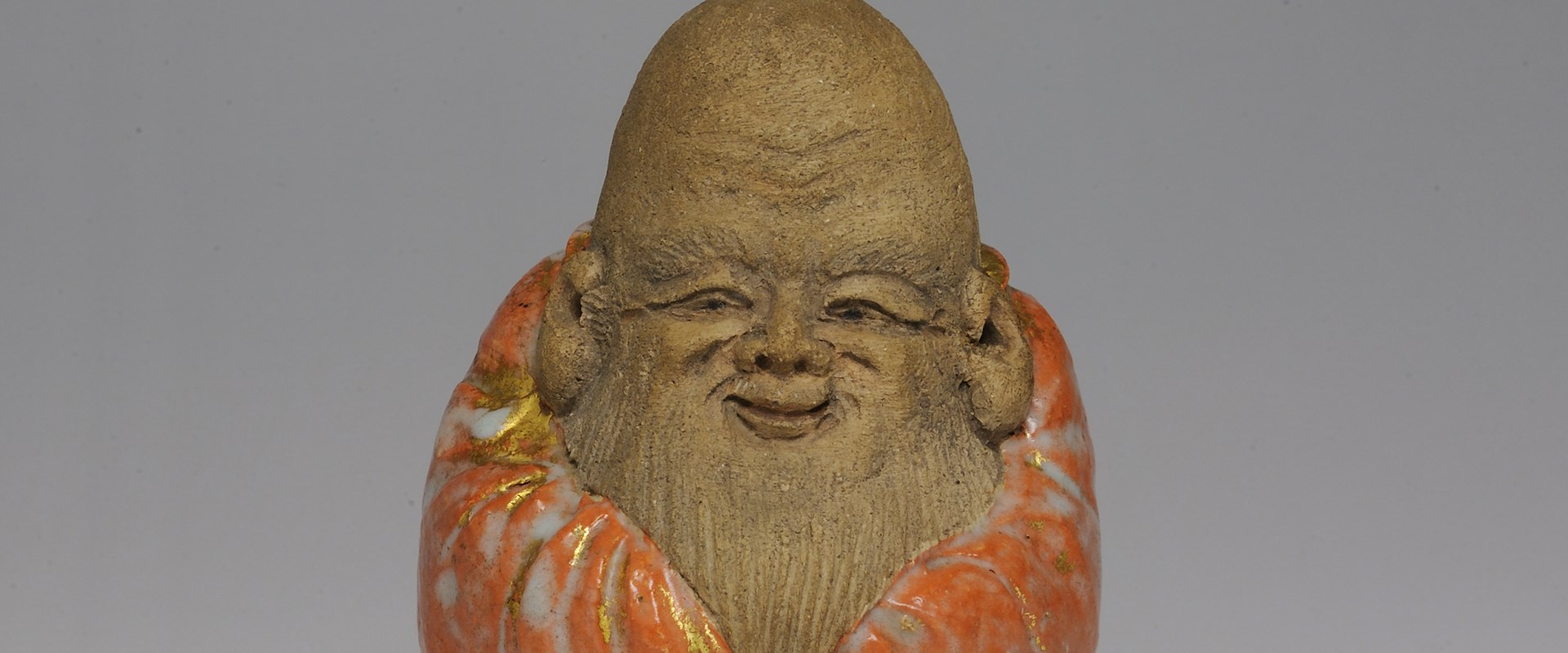New to the National Collection
Friday 17 August 2018 - Sunday 24 February 2019
National Museum of Scotland, Chambers Street, Edinburgh
Admission: FREE
A killer whale skull from the only resident killer whale pod in the UK, one of just two known silver tea kettles to be made by Ebenezer Oliphant, one of the most accomplished goldsmiths of the 18th century and a unique selection of Japanese ceramics are among the fascinating objects featured in New to the National Collection, a display opening at the National Museum of Scotland in Edinburgh on 17 August.
New to the National Collection will highlight some of National Museums Scotland’s recent acquisitions, several of which will be on display for the first time. From world cultures and art, to natural sciences and Scottish history, the selection highlights the breadth of Scotland’s world-class national collections.
This display includes a group of Japanese ceramics made by some of the finest potters of the late 19th century. Five striking pieces from five generations of the Seifū Yohei lineage will be on display, demonstrating craftsmanship in a variety of styles.
Jurōjin by Seifu Yohei I is a stoneware figure representing one of the Seven Gods of Good Fortune, associated with longevity. Seifū Yohei III became the first ceramicist to be awarded the prestigious title of Imperial Household Artist in 1893, and on display is a late-19th century vase by him, featuring a manganese glaze and Chinese-inspired phoenix.
Science and technology will be represented through some very unusual timepieces. The 1911 talking clock by Bernhard Hiller developed Thomas Edison’s earlier recording methods incorporating tape-based voice technologies into the piece. The electric regulator clock from 1924 designed by Alexander Steuart of Edinburgh was extremely accurate and used to set the time on other clocks.
Also on display is a tea kettle by Ebenezer Oliphant from 1752-3 which is one of only two known to have been made by him. The maker of Prince Charles Edward Stuart's silver canteen - which is also on display at the National Museum of Scotland - Oliphant was one of the most accomplished Scottish goldsmith’s of the 18th century.
The skull and some teeth from a Scottish killer whale known as ‘Lulu’ will also be displayed. Lulu came from the only killer whale pod in the UK and was found dead on Tiree in 2016.
Further information on exhibition and images from: Katie McAllister, National Museums Scotland Press Office | k.mcallister@nms.ac.uk | 0131 247 4391
Notes to editors
-
National Museums Scotland is one of the leading museum groups in the UK and Europe and it looks after collections of national and international importance. The organisation provides loans, partnerships, research and training in Scotland and internationally. Our individual museums are the National Museum of Scotland, the National Museum of Flight, the National Museum of Rural Life and the National War Museum. The National Museums Collection Centre in Edinburgh houses conservation and research facilities as well as collections not currently on display.
Twitter: @NtlMuseumsScot
Facebook: www.facebook.com/NationalMuseumsScotland
Instagram: @NationalMuseumsScotland
-
The National Museum of Scotland is the most popular attraction in the country outside of London (source: Association of Leading Visitor Attractions). The National Museum of Scotland was awarded ‘Gold’ Level Green Tourism Visitor Attraction status in 2016.
-
Bheireadh Oifis nam Meadhanan eadar-theangachadh Gàidhlig den bhrath-naidheachd seachad do bhuidhinn mheadhanan bharantaichte. Cuiribh fios do dh'Oifis nam Meadhanan airson bruidhinn air cinn-latha freagarrach.

